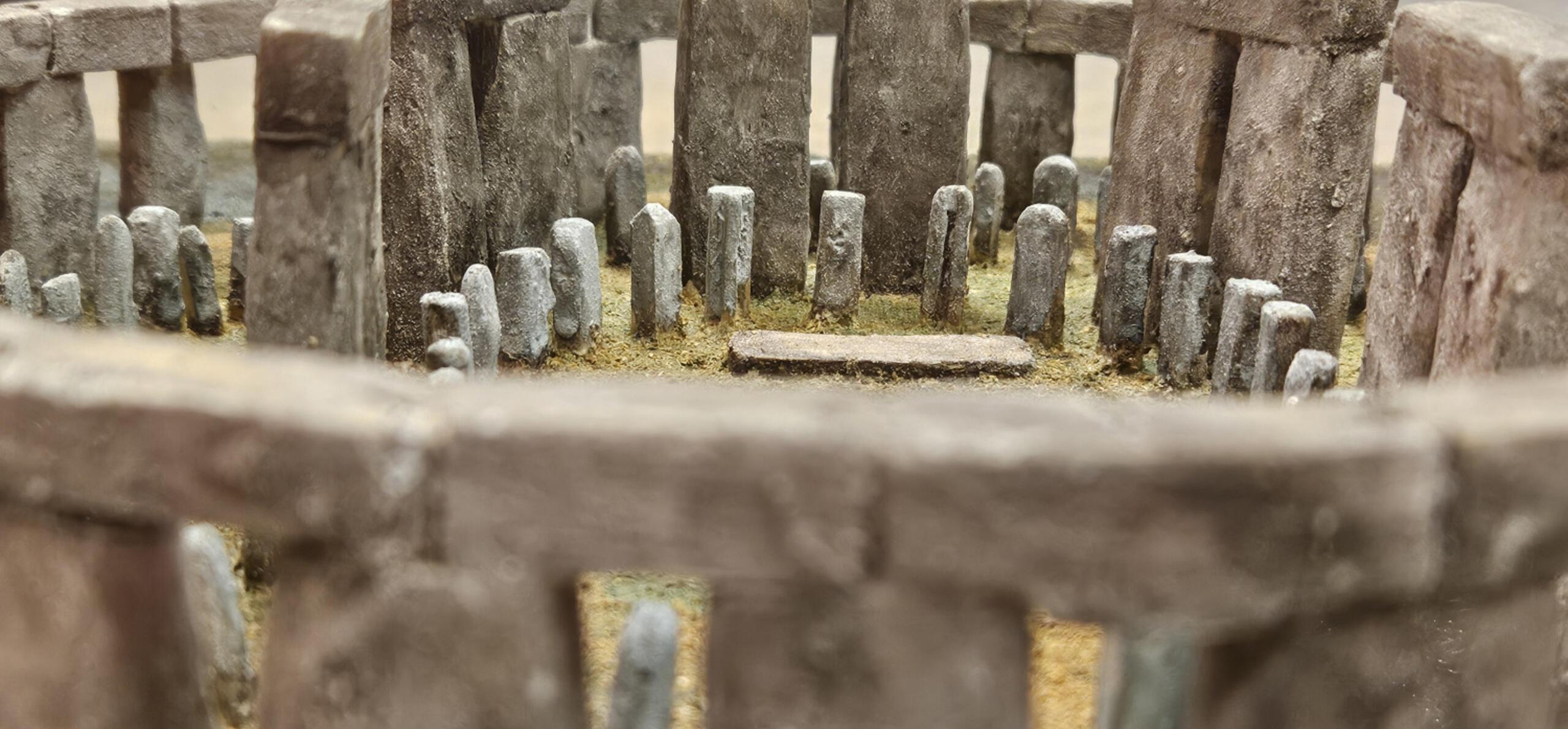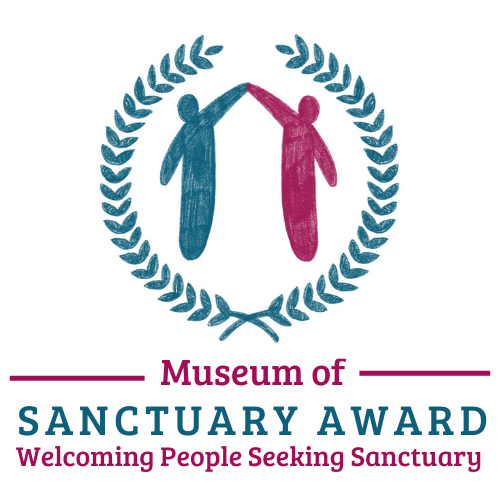We have been offering our loan service to schools around Reading for over 100 years.
Welcome to the next instalment of our Loan box curiosities series. This time we’re going to look at two boxes, PH13 – Stonehenge, and PH4A – Bronze Age Archaeology.
If you’re interested, you can find the links to the rest of the series at the bottom of the page.
I’m sure we’ve all heard of the Stone Age before, a period of time during Prehistory, before written historical records. It is depicted in modern media though shows such as The Flintstones (1960-1966), an animated sitcom showing a modern family living in the Stone Age, and films such as Ice Age (2002), set 20,000 years ago.
But what does the term Stone Age actually mean, who lived during this time and how did they live? The Flintstones liked to imagine prehistoric people living with modern technology made of stone and wood, such as cars and televisions. Whereas the first Ice Age film was far more accurate, as it depicted Homo Sapiens (modern humans) living in small temporary settlements, allowing for their migratory lifestyle, as well as creating cave paintings and stone tools.
In Academia, the term Stone Age is used by Archaeologists to designate the period of Prehistory where humans, both early and modern, were making stone tools up until the beginning of the Bronze Age where we first see metal tools being produced. It should be noted however that there was no defined break in-between the periods and stone tools continued to be used throughout the Bronze Age.
In 1865, John Lubbock, divided the Stone Age into two stages, the Palaeolithic (Old Stone Age) beginning with the first stone tools, and the Neolithic (New Stone Age) beginning with the start of Agriculture. The following year, Hodder Westropp added the Mesolithic (Middle Stone Age) to these divisions, stating a need for an intermediary period. However, it isn’t quite as simple as that, as even then each stage can be divided into subdivisions (e.g. Lower, Middle and Upper Palaeolithic) and the succession of these stages varied wildly depending on geographical region.
Prehistory in Britain
Below is a rough timeline of these periods in Prehistoric Britain, bearing in mind that Britain was fairly late to the party when it came to human occupation. The earliest evidence of humans in Britain dates to c.800,000 years ago at Happisburgh on the Norfolk coast, with the discovery of stone tools and animal bones, possibly left by Homo antecessor. A stark difference considering the world’s earliest stone tools discovered (as of 2015) date to 3.3 million years ago, before even the earliest Hominin.
- Palaeolithic (c.800,000 years ago – c.9600BCE) – Stone tools, Hunter Gathers, Nomadic/Migratory lifestyles
- c.800,000 years ago (Early humans/hominins eg. Homo erectus or Homo antecessor)
- c.200,000 – 300,000 years ago (Homo Neanderthalensis and early Homo sapiens)
- c. 40,000 – 50,000 years ago (Modern Homo sapiens)
- Mesolithic (c.9600BCE – c.4000BCE) – Still hunters gatherers, key sites like Skara Brae and Avebury
- Neolithic (c.4000BCE – c.2300BCE) – Beginning of agriculture, emerging sedentism, long barrows (group burials), Stonehenge.
- Bronze Age (c.2300BCE – c.700BCE) – First metalwork, intensifying agriculture, increasing social hierarchies/powerful elite, round barrows (single burials)
Stonehenge
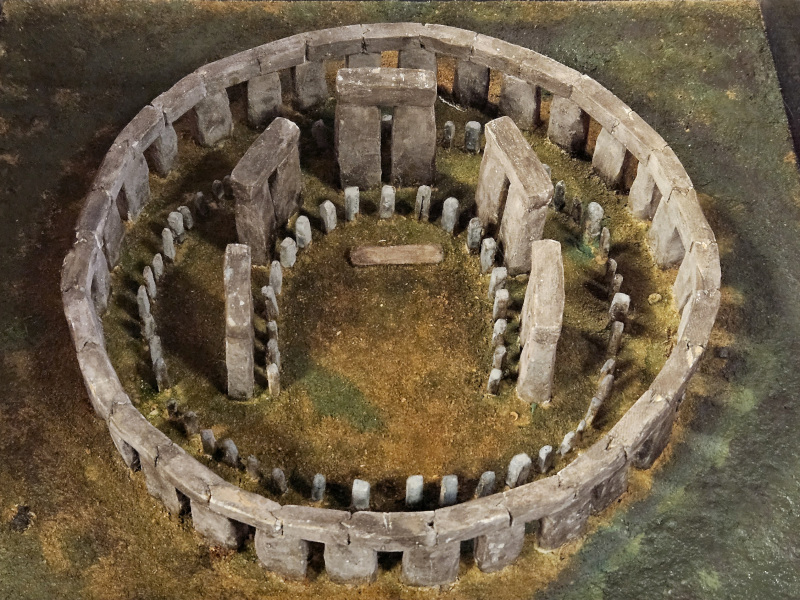
Figure 1 - Photograph showing the top view of the model of Stonehenge
This awe-inspiring megalithic structure has dominated the surrounding landscape since 2500 BCE, with the earliest stages of the monument dating to around 3100BCE. Standing on Salisbury Plain, it is one of the most famous and recognisable monuments in the world.
As hinted at above, Stonehenge was built in several stages, the first stage consisted of a ditch and bank enclosure with two entrances, within which, there was a circle of 56 pits also known as the Aubrey holes.
It’s not known whether these pits would have held wooden posts or stones, however in and around these features, archaeologists have excavated 64 cremations, though upwards of 150 cremations may have been buried on site. This was before further additions to the site, culminating in the stone circles we can see today.
By looking at the model of Stonehenge located in Loans box PH13 we can see what Stonehenge might have looked like in 2200 BCE. This would have been the final stage of construction. Two types of stone were used in Stonehenge, sarsen stone and bluestone. Sarson stone is found across southern England, though the stone used in Stonehenge most likely originates from Wiltshire’s Marlborough Downs; whereas bluestone originates from the Preseli Hills in southwest Wales.
Moving from the outside in, the monument first consists of an outer ring of sarsen stones which are topped by interconnecting lintel stones. These were connected using two different joint techniques. The lintel stones were slotted together using tongue and groove joints and fitted to the vertical stones using mortice holes and protruding tendons, a little like a ball and socket joint but without the movability. Inside this ring, there’s a smaller circle of bluestones and within that, we see the five free standing sarsen trilithons arranged to form a horseshoe. In the centre of the monument, we see a row of bluestones also arranged into a horseshoe shape, mimicking the trilithons and then the Altar stone. Not shown on the model are related features such the original enclosure, the four station stones or the Heel stone.
Bronze Age Archaeology
Bronze was one of the earliest metal alloys discovered, and it’s made by smelting together copper and tin. It was incredibly useful, as it’s much harder than copper on its own and far more resistant to tarnishing or corroding. The percentage of copper to tin can vary but bronze could contain as much as 25% tin, together with small amounts of other metals, predominately lead.
The spread of bronze across Europe is often linked with the expansion of Bell Beaker Culture, named after the specific type of drinking vessel, we see used at the beginning of the Bronze Age. It is thought that the ‘beaker’ people migrated to Britain in c. 2450 BCE bringing with them not only distinctive artifact types, but long-distance exchange networks, different burial techniques and the knowledge of copper and gold metal working. We see this with the first emergence of flat axes in Britain, which were initially made of copper.
Fun fact – We know from the axe marks on the timbers at Seahenge, a Bronze Age timber circle located on the coast in Norfolk, that at least 51 bronze axes were used in its production. The excavation of Seahenge was covered in the 1999 episode of Time Team titled “The Mystery of Seahenge”. It shows the importance of rescue archaeology, where a site that is under threat though manmade or natural factors, eg construction or in the case of Seahenge, erosion from the sea, may need to be excavated quickly before the site is lost. Scientists have also been able to precisely date Seahenge to 2049BC as techniques such as dendrochronology allows us to date the tree rings to the exact year the trees were cut down.
Flint Arrowhead
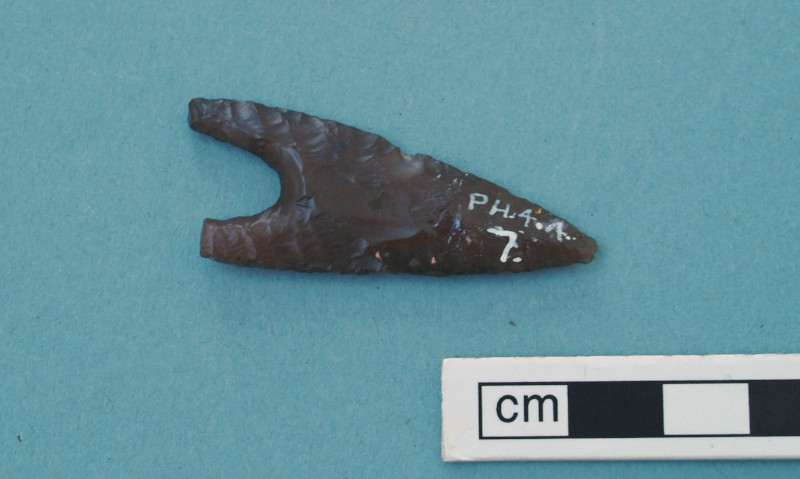
Figure 2 - Photograph of bronze age flint arrowhead (REDMG : 2001.393.8)
This beautiful, barbed arrowhead was found in Ireland and despite being made of flint, it dates to the Bronze Age. It stands as a lovely example of the kind of craftsmanship that could be achieved at the time with a lot of time and energy.
This arrowhead would have been made using two methods, percussion chipping and pressure flaking. Percussion chipping is where a block of flint, usually referred to as the core, is hit with a stone hammer to detach large flakes of flint, which could then be refined into tools. The next step is pressure flaking; this is when a pointed tool such as an antler tine would be placed on the edge of the flake and used to apply an inward pressure to remove smaller flakes from the object. This method would have allowed them to refine the shape of the flake into a projectile point.
Flanged Axehead
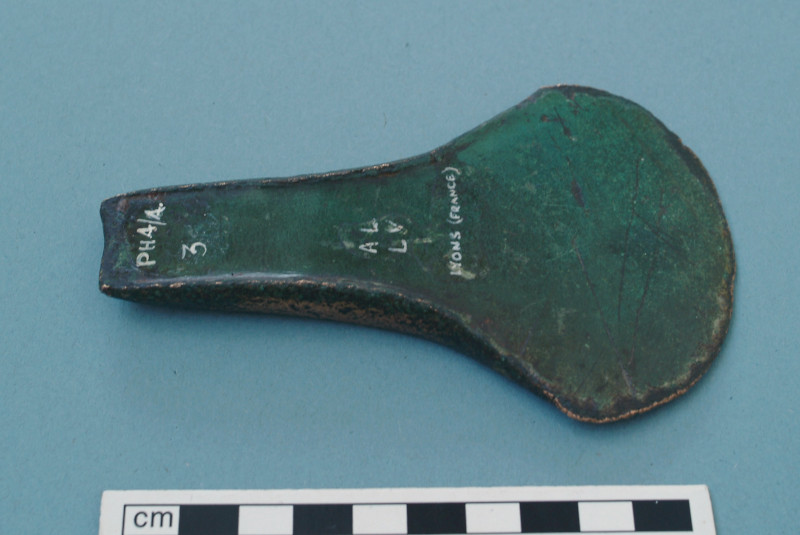
Figure 3 - Photograph of flanged bronze axehead (REDMG : 2001.393.12)
The next item is a flanged bronze axehead, it was discovered at Lyon, France and unlike most examples of this style, it has an unusually flared blade.
Much like the aforementioned flat axes, this object was partially cast and would have been made by pouring molten metal into a simple mould. The sides of a flanged axe would be hammered out to form, you guessed it, flanges, which allowed the blade to be attached to the haft in a more secure manner.
Interestingly, between 1953 and 2005, 44 carvings of flanged bronze axeheads were discovered decorating the stones at Stonehenge. Then in 2012, a further 72 carvings were the discovered through a laser scan survey carried out by English Heritage. The majority of these carvings are invisible to the naked eye and although we don’t know the significance of these carvings, we can infer that the axes held significant importance to the societies of that time.
Palstave Axehead

Figure 4 - Photograph of palstave bronze axehead (REDMG : 1952.27.1dup)
Here we have a palstave axe. These were entirely cast and were made using a two-part mould. They have a stop-ridge, also known as a transverse ridge, running between the flanges to hold the axe even more securely in place and to prevent the wooden haft from splitting.
Socketed Axehead
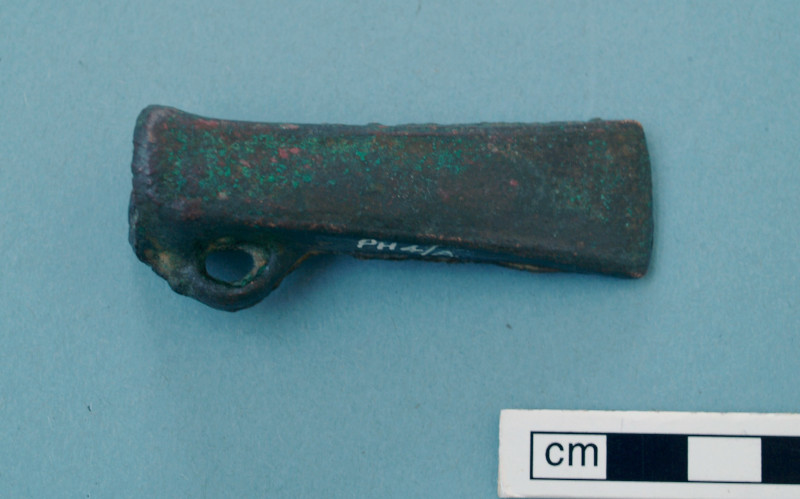
Figure 5 - Photograph of socketed bronze axehead (REDMG : 2001.393.11)
Finally, we have a socketed axe. This marks the last stage development of Bronze Age axeheads. Like the palstave axeheads, these were entirely cast, and many would have had moulded decorative patterns on the sides, although this one is plain.
This is a very small example and has a loop on the side which would have been used when binding it to the haft (handle). This is quite a common feature, and we also see it on later Bronze Age spearheads, a couple of examples are also included within Loans box PH4/A.
Conclusion
I hope you enjoyed that little overview of the Stone Age and Bronze Age in Britain, what was your favourite object? Do you think you’ll pay a visit to Stonehenge?
Our loan box service now has over one thousand boxes, covering a vast range of subjects from archaeology to taxidermy. Schools can use real objects to teach, which provides children with tangible and tactile connections to the past.
If you have connections to a school in the Reading area and are interested in taking part in our loans service, please contact us. We’d be delighted to open up the curiosities of the museum to you.
